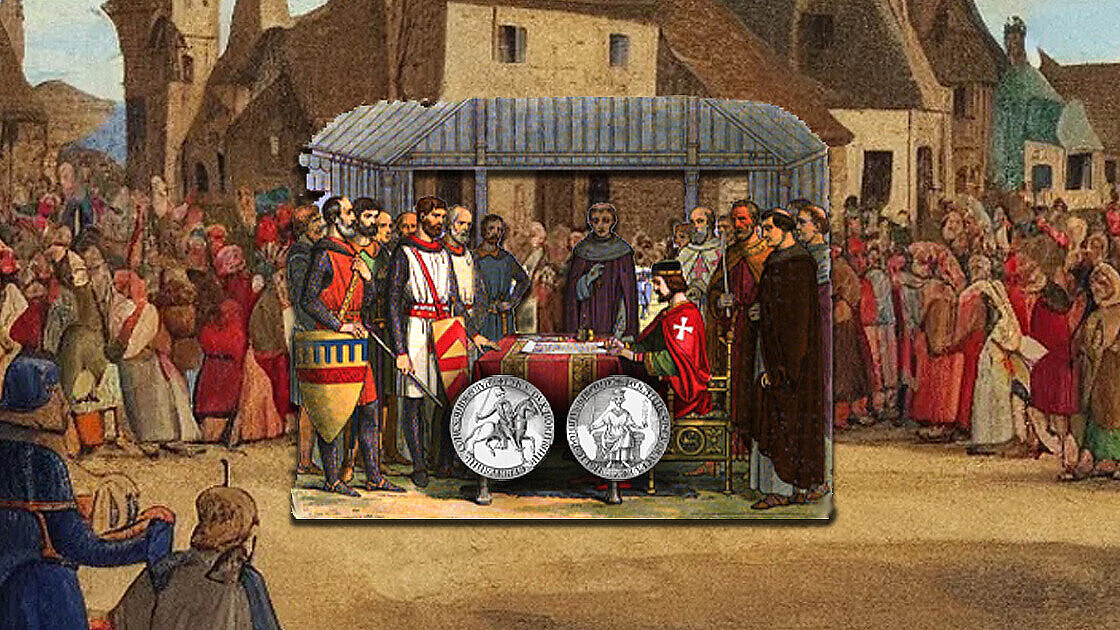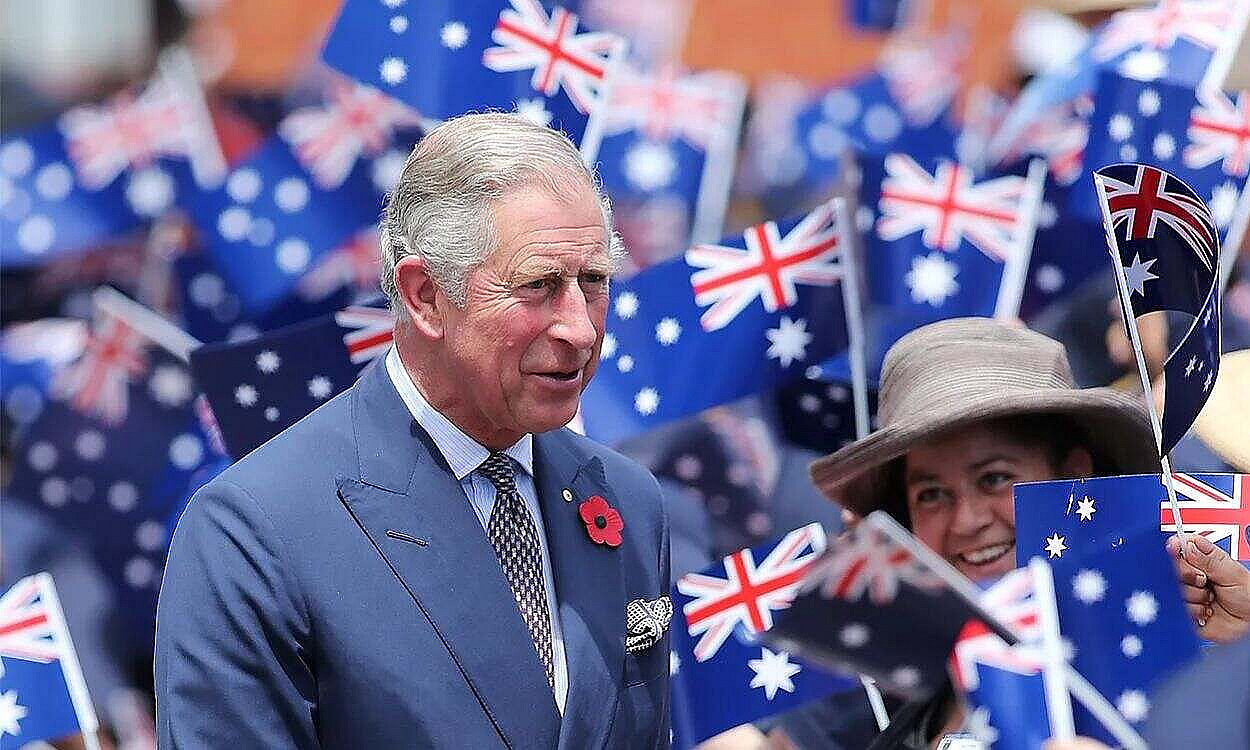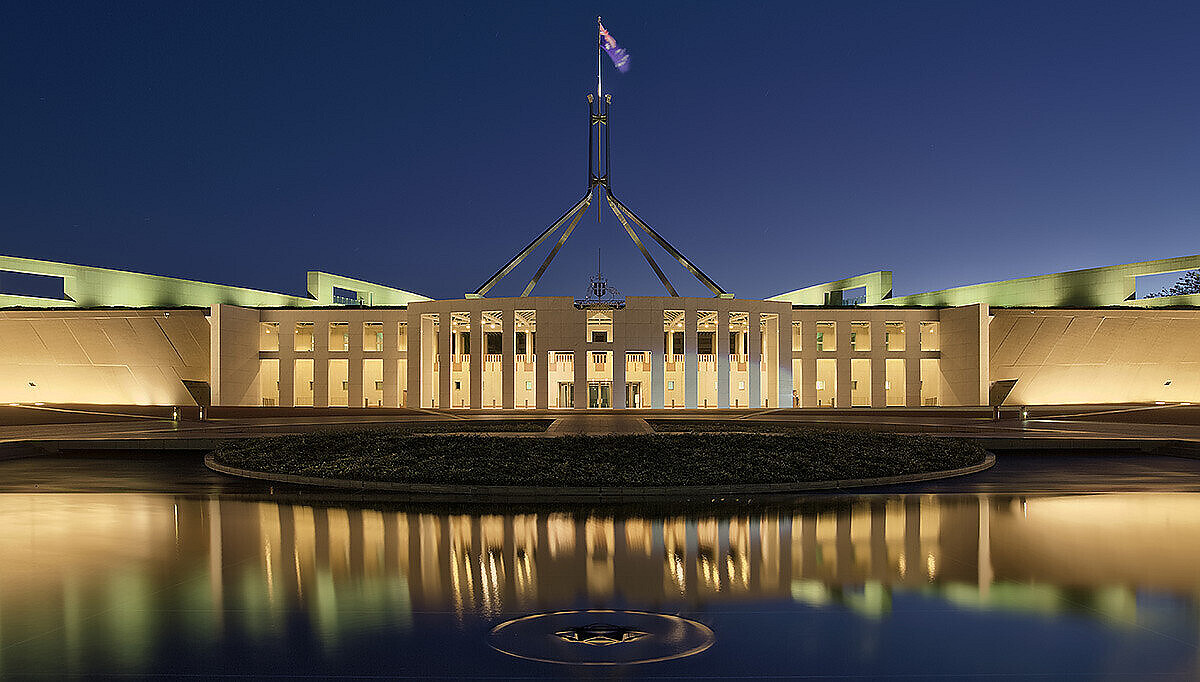With the Settlement of Eastern Australia in 1788, the British brought four of the six pillars of the modern Australian nation. These were the Rule of Law, the English language, the Crown and our Judeo-Christian values. In a surprisingly brief period of time, the colonies were moving gradually towards self-government.
The celebrated scientist, Charles Darwin, observed in 1836:
“When I arrived in Sydney, I felt proud to be an Englishman. We have achieved more in decades here than what those who colonised South America have achieved in as many centuries.”
Legislation to introduce self-government and Parliamentary Democracy in New South Wales and Victoria was approved by the British government before the Eureka Stockade, which is often misrepresented as the source of Australian democracy.
The legislation was passed in 1855 and gradually extended to the other colonies. Parliamentary democracy is, in fact, the fifth pillar of our nation.
No other colonial power gave self-government and the institutions of parliamentary democracy to its colonies. Quite often, such institutions did not exist in the mother country. Considering these developments, it is important to consider how Power is best allocated in a constitutional system. The tradition Australians inherited has been of an Evolving Constitution, where changes gradually emerge rather than sudden revolutionary changes.
Our constitutional system did not suddenly emerge in 1901. It has been a gradual development. There is a Golden Thread from the Magna Carta through the Glorious Revolution to our modern Australian constitutional system. Although called a revolution, it was- at least in England, a relatively peaceful change which settled the dispute between the Crown and Parliament and allowed the future development of the Westminster system.
The Westminster system came to Australia with Parliamentary democracy. It means that governments are made and must have the confidence of the lower house of Parliament.
In the colonies and now the States, this is the Legislative Assembly. The British proposed as long ago as 1847 that the Australian colonies should be federated. Australians greeted this with ridicule. The British left it to us to decide. The Founding Fathers of this country were well-informed on constitutional matters and looked to other countries for examples of good practice. At that time, there were three major republics in the world: Switzerland, France and the United States.
They borrowed the referendum from Switzerland and from the United States, a powerful Senate. Nothing was taken from France. In choosing the referendum, the Founders rejected the constitutional plebiscite, which had been so often used or rather misused in France. It installed or reinforced dictatorial regimes. In the late nineteenth century, the people of the colonies were themselves moving to establish the Australian nation as a crowned republic. The sixth pillar of our nation was drafted in Australia by Australians and approved by the people of each of the six Australian colonies.




